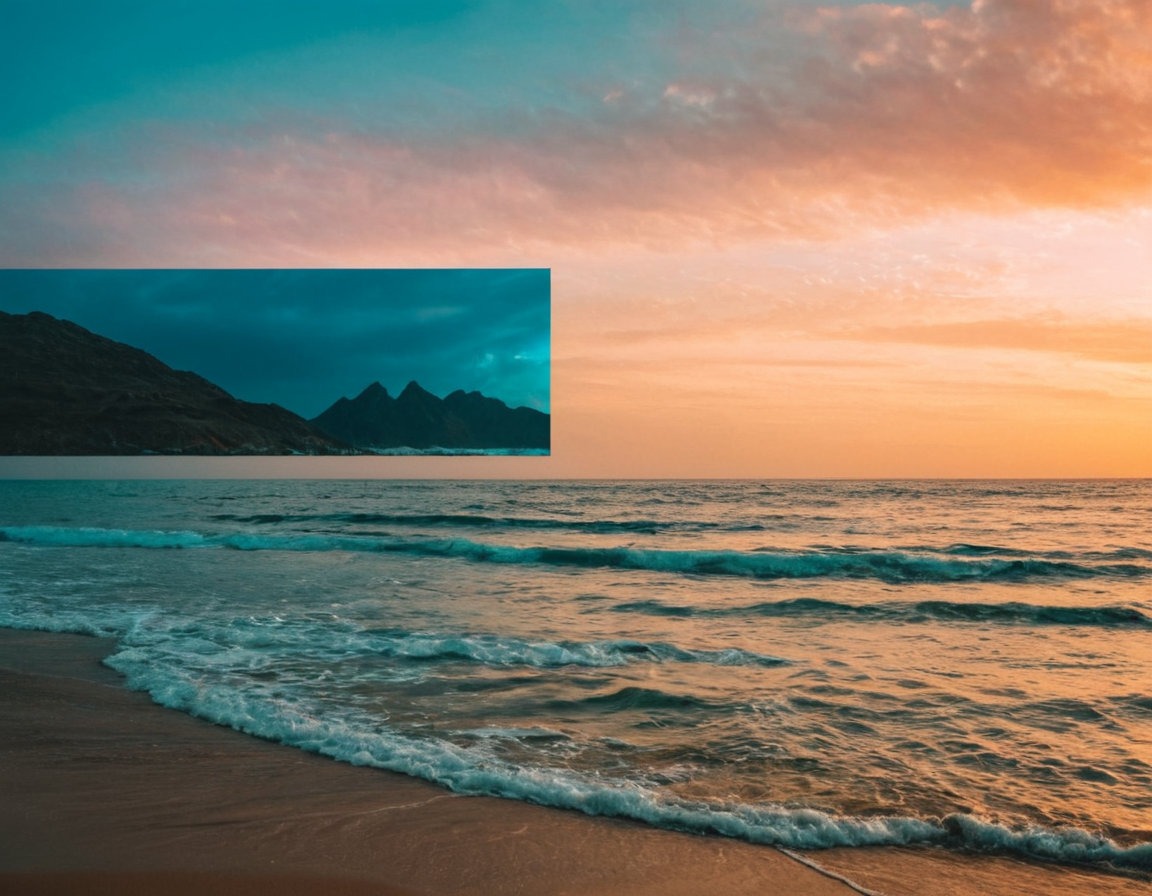AI Deep Fakes In Photography Guide

Unlocking the Power of AI-Generated Content: A Guide to Using Deep Fake Photos in Photography
Introduction
The world of photography is constantly evolving, and one of the most significant advancements in recent years has been the emergence of AI-generated content. Specifically, deep fake photos have opened up new avenues for creative expression and artistic exploration. In this guide, we will delve into the world of deep fake photos in photography, exploring their capabilities, limitations, and potential applications.
Understanding Deep Fake Photos
Deep fake photos are a type of artificial intelligence (AI)-generated image that uses machine learning algorithms to create realistic yet fabricated content. This technology has been gaining attention in various fields, including photography, where it can be used to create new and innovative styles, or even to manipulate existing images.
Technical Limitations
While AI-generated content has made tremendous progress in recent years, there are still significant technical limitations that need to be addressed. For instance, the quality of deep fake photos is still far from indistinguishable from real photographs, and the algorithms used can be vulnerable to various attacks and security breaches.
Ethical Considerations
The use of AI-generated content raises several ethical concerns, particularly in the context of photography. It is essential to consider the implications of manipulating or creating false images, especially when it comes to depicting individuals or sensitive subjects.
Applications in Photography
Despite the technical limitations and ethical considerations, deep fake photos can still be a powerful tool in the right hands. Here are some potential applications:
Creative Expression
Deep fake photos can be used to push the boundaries of creative expression in photography. By manipulating images using AI algorithms, photographers can create new and innovative styles that were previously impossible.
Artistic Manipulation
Deep fake photos can also be used for artistic manipulation, where the goal is not to create realistic content but rather to challenge perceptions or raise awareness about specific issues.
Practical Examples
Here are a few practical examples of how deep fake photos can be used in photography:
- Creating new and innovative styles by manipulating existing images using AI algorithms.
- Using deep fake photos to create artistic manipulations that challenge perceptions or raise awareness about specific issues.
- Experimenting with different techniques and styles to push the boundaries of creative expression.
Conclusion
The use of AI-generated content, particularly deep fake photos, is a complex and multifaceted topic. While there are significant technical limitations and ethical considerations, it is essential to acknowledge the potential applications and creative possibilities that this technology offers. As photographers, we must approach this technology with caution and responsibility, considering the implications of our actions and ensuring that we use it in a way that respects the rights and dignity of individuals.
Call to Action:
As we continue to explore the capabilities and limitations of AI-generated content, we must also consider the broader implications of this technology. Let us approach this topic with caution and responsibility, acknowledging both the potential benefits and risks associated with deep fake photos in photography.
Tags
deep-fake-photos ai-generated-content creative-expression photo-editing artistic-exploration
About Teresa Gomez
Photography enthusiast & blogger Teresa Gomez shares her expertise on inspiring photography techniques, tutorials, and tools to help creatives elevate their craft at lentecreativa.com.
